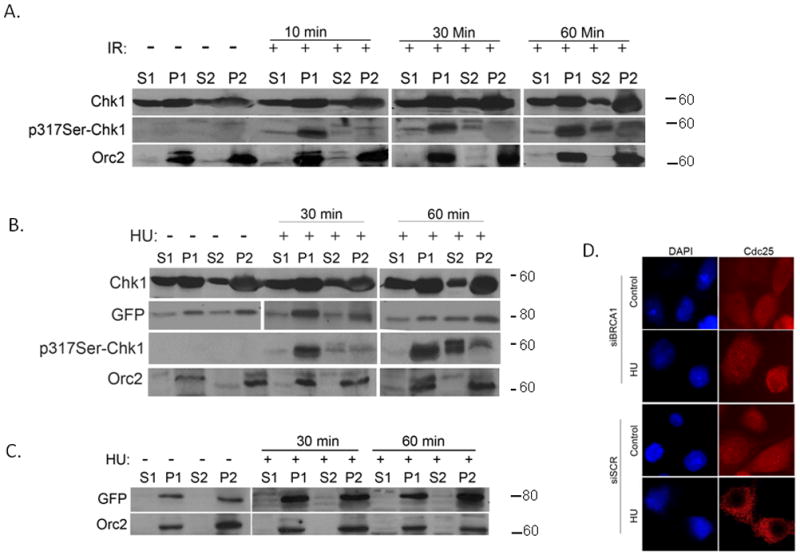Fig. 6. Chk1 dissociation from chromatin requires its phosphorylation.

A. MCF7 cells were exposed to 10 Gy of IR and then were harvested at the indicated recovery times. Cells were fractionated as described by Zou et al. and Mendez et al. (Zou et al., 2002, Mendez and Stillman, 2000) to obtain the cytoplasmic and nuclear fractions and were further fractionated to obtain the nucleoplasm and the insoluble chromatin fraction. The occupancy of Chk1 in the different fractions was examined by western blot analysis with anti-Chk1 and phospho-specific Chk1 antibodies. Orc2 confirmed the quality of the nuclear fractionations.
B. MCF7 cells were transfected with pEGFP-Chk1 and 24 hours later were exposed to 2 mM HU. Cells were harvested at the indicated recovery times. The occupancy of endogenous Chk1 and GFP-Chk1 in the chromatin was examined by western blot analysis with anti-Chk1 and anti-GFP antibodies. The occupancy of phosphorylated Chk1 was examined with phospho-specific Chk1 antibody against S317 as described above. Orc2 confirmed the quality of the nuclear fractionations.
C. BRCA1-silenced MCF7 cells were transfected with pEGFP-Chk1 and 24 hours after transfection, the cells were treated with 2 mM HU. Cells were harvested at the indicated time points and the occupancy of GFP-Chk1 in the different fractions was examined with an anti-GFP antibody.
D. MCF7 cells were transfected with shBRCA1 or shSCR silencing vectors. Twenty four hours after transfection cells were left untreated or were treated with 2mM HU. After 2 hours cells were fixed and immunostained with Cdc25C antibody.
